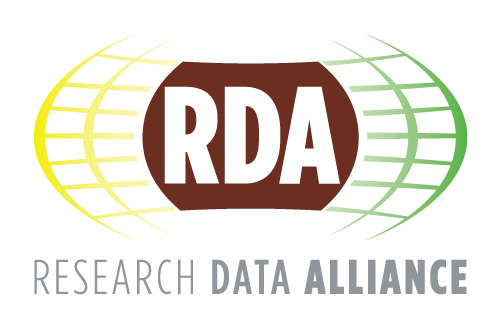Comment from Finland
-
Discussion
-
Dear all,
I only joined this group recently and unfortunately I haven’t had the possibility to take part in the important work you have done. Nevertheless, I was encouraged by my colleague Irina Kupiainen to make a comment on the guidelines from a Finnish point of view. Please, forgive me if I am stating the obvious or bring up issues you consider irrelevant or solved, just disregard those remarks. Due to the same reason, I didn’t make any suggestions for changes in the text itself. I only made some comments in the document, and I’ll make some general remarks in this e-mail. I’m happy if they are of any use or value, in any other case, I hope no greater harm has been done.
The reason for me taking an interest in your work is that we have an ongoing national effort to write some recommendations concerning metadata used for handling access and rights issues. Our guidelines are written by the GLAM sector and the research sector jointly. The work is only half way done, but I think we have come to some similar conclusions:
– Rights management is a precondition for openness (which is our national goal)
– Metadata should be provided in both human and machine readable format, with the specific object clearly stated (metadata, which versions or parts of dataset etc)
– If restrictions apply, the exact grounds for them should be referred to (URI, etc)
– Creative Commons licenses are recommended for copyright (probably also rightsstatements.org statements )
In the metadata one should always state:
– Access level (here info:eu-repo is not enough, we will try to make clearer statements to be able to automatically handle some types of restrictions)
– Rights statements (what one is allowed do with the data)
– Grounds for the restriction (URI etc)
– Rightsholder(s) & dates
In Finland we have a very rapid development towards open science and there is an amazing activity in writing data policies. The need for better research data management and writing these kinds of documents have raised the questions of data “ownership”, which I personally find very unfortunate. I’ve tried to illustrated the problem by saying that data is a resource, but information is a process. Data is not oil, but as we all know, it is very different from physical things in many ways, and we need to treat it differently. Therefore, I’m very happy that you do not bring this question into this paper. We need to discuss responsibilities and rights, not “ownership”.
I find your work pertinent and of great value. My only issue is one with the concept of Public Domain which to my understanding doesn’t exist in Finnish law in this sense. In the Nordic countries (I think) we generally discuss only the “Rights of the maker” which you legally either own or don’t. And that is not even your choice, the moral rights of “authorship” comes to you always if it is a creative work. You cannot even disown this right, the law does not recognise such an action or state. That is why the CC BY license has a quite strong position in our national recommendations. In Sweden, I’ve been told, they in theory could consider research data as public records (and thus open), or it would at least be one way to interpret the law. This is, I think, not possible in Finland. I personally also think it is really important to defend academic freedom through giving the researcher the responsibility and control (I see little good coming out of trying to delocalise these intertwined things), but we also need to make them aware of their ethic responsibility to openness and give them the means to execute it.
Kind regards,
Jessica
Jessica Parland-von Essen, Ph.D.
Open Science and Research
Senior Coordinator
CSC – IT Center for Science Ltd., Po Box 405, 02101 Espoo, FINLAND
+358 50 381 2182 ***@***.***
FinnishCommDraft_Implementation_Guidelines_for_Legal_Interoperability_Revised_Redline_28March2016.docx
Log in to reply.

